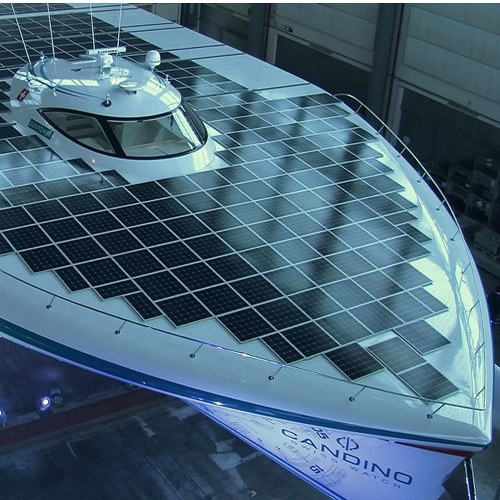 PV systems can be grid connected (work together with the local electrical grid) or work as stand-alone systems (autonomous). Grid-tied systems are the most common type of solar PV system. Grid-tied systems are connected to the electrical grid and allow residents of a building to use solar energy as well as electricity from the grid. Grid-tied systems do not need to produce 100% of the electricity demand for a home or business. When there is no demand for energy, the solar panels send excess electricity back out into the grid for use elsewhere. This course will introduce the design process for several complete self-contained PV systems and grid-tied systems.
PV systems can be grid connected (work together with the local electrical grid) or work as stand-alone systems (autonomous). Grid-tied systems are the most common type of solar PV system. Grid-tied systems are connected to the electrical grid and allow residents of a building to use solar energy as well as electricity from the grid. Grid-tied systems do not need to produce 100% of the electricity demand for a home or business. When there is no demand for energy, the solar panels send excess electricity back out into the grid for use elsewhere. This course will introduce the design process for several complete self-contained PV systems and grid-tied systems.
Contents:
Part 1: PV systems applications
- An overview of applications
- Stand-alone systems:
- Components and conversion chain
- MPPT
- System design
- Grid-tied systems:
- Integration of PV generators to the grid
- Conversion chain
- Power converters associated to grid-tied PV systems
- Regulations and policies
- Grid services
- Hybridization of electrical energy storage for intelligent integration of PV in electric networks
Part 2: Simulation of a case study


